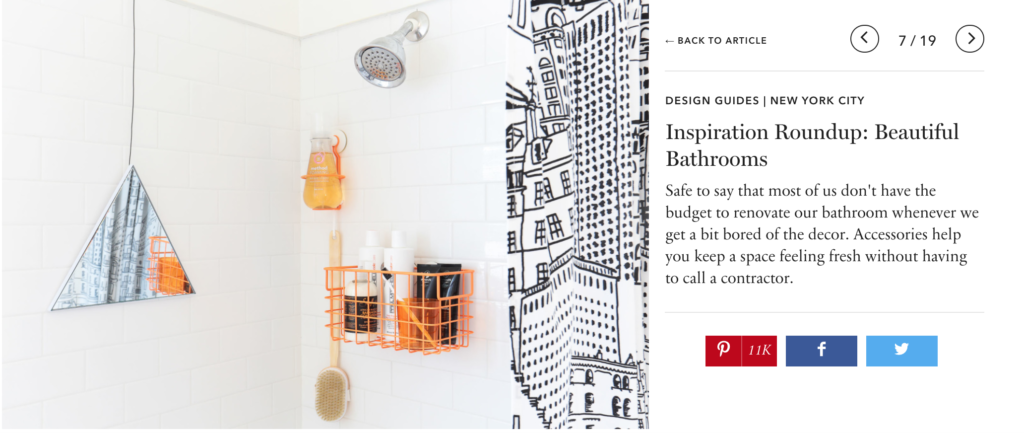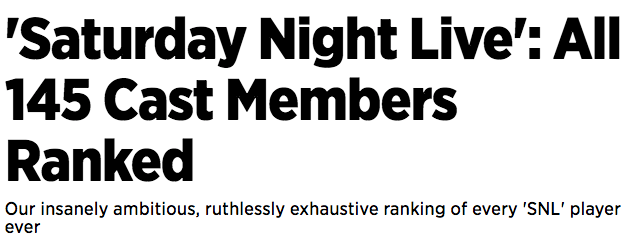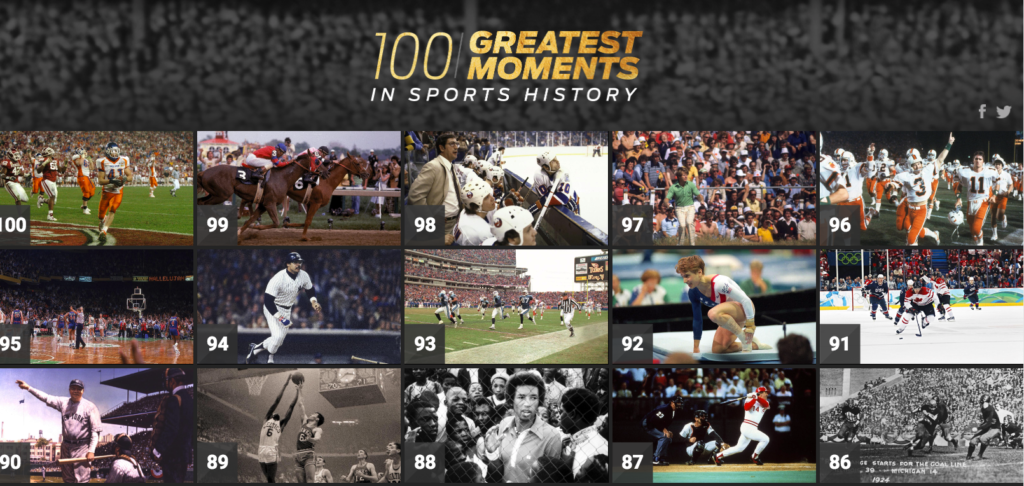7 Common Skincare Mistakes. 10 Things Everyone With a Unique Name Just Gets. 20 Llamas Who Are Having a Worse Day Than You. There seems to be a listicle at every turn just beckoning to be read. It makes sense — countless studies have shown that lists are appealing, translating to excellent click-through (readers just can’t resist finding out what happened to those 20 llamas). But once clicked on, listicles keep visitors more engaged on site as well since there are multiple page views built into the reading experience. For this reason, listicles can be a great opportunity for publishers with ads on their site. For the cost of one acquisition, a user will click through multiple pages and be exposed to multiple ad units.
As with any content trend, we were eager to dig into the data to uncover some best practices. We identified three clear areas for optimization.
1. Format
When it comes to listicles, there are two major formats: deep scroll, where you scroll through one long page, generally with long paragraphs of text, and click-through, where you click through a series of individual slides, each with a picture and a block of text.
To optimize for page views per visit, we suggest a click-through format. Having readers click to the next page not only increases their page-views for that particular article, but also reduces the friction of starting the next article since it’s just one more click away. This format generally also makes an article more digestible. Since there is only one idea on the screen at a time, and less text in general, the content is easier to read.
If your article is mostly long paragraphs of text, and therefore more conducive to the infinite scroll model, you should be dynamically updating the URL as the reader scrolls to allow for ad refreshes.
With either format, the key is to have as little friction as possible. With click-through, since the reader needs to click to continue, you should try to remove all other barriers. We’ve found that when the next slide action is at the bottom of the slideshow, the average reader will make it through only 2 slides. However, when the next slide button is on the side, alongside the content, the average reader will read four times that amount. So, as it turns out, clicking is easy. Scrolling? Not so much.
2. Length
There is some contention in the industry around listicle length. Many people argue that listicles need to be kept short. They feel listicles were created for those with short attention spans — the pictures, shorter chunks of text, and the promise of finishing a list can only keep them reading for so long. But for others, listicles feel like a great way to break down long-form content or share a long list with pictures without slowing down page load time.
Our friends at Forbes wanted an answer to this long-standing debate. To understand their optimal listicle length, they looked into the completion rates of slideshows across the site. They found that the completion rate was about 70% for slideshows under 15 slides and only about 50% for slideshows over 15 slides. The average number of slides per session was 10.8; right on par with many peoples’ intuition that around 10 slides is the optimal number.
On the other hand, we’ve also seen examples of slideshows with many more than 10 slides that perform incredibly well. For instance, Rolling Stone published a slideshow: “Saturday Night Live: All 145 Cast Members Ranked.” Despite the long length, they saw great engagement.
As long as you have great content to share, there will be readers who make it through many more than 10 slides. When considering a cost-per-page-view campaign, it’s best to create as many slides as the content will naturally allow; Even if you do see lower completion rates, you’ll see a higher number of page views overall. You may even get a few folks who get to the #1 SNL cast member (John Belushi, in case you were curious).
3. Content
And of course, they key to any successful article: the content. While breaking news stories are generally both easier and cheaper to promote, the content expires rather quickly. Given the work that goes into producing listicle, this can make for a poor return on investment.
Instead, we suggest creating listicles with evergreen content. There will be some upfront cost to producing the piece and perhaps less organic traffic, but you can continue to distribute it for months, if not years. For publications looking to leverage listicles for ad revenue, a timeless piece can be a great always-on option.
For publishers looking to engage new readers, or just maximize their time spent on site, listicles are clearly a great asset. While we’ve seen many approaches taken, these three guidelines can help publishers maximize the impact of their listicle content.




